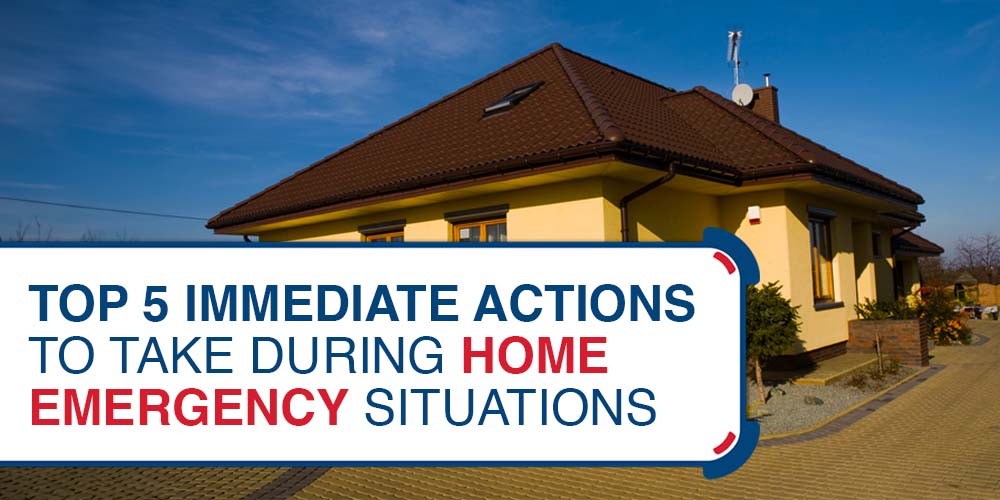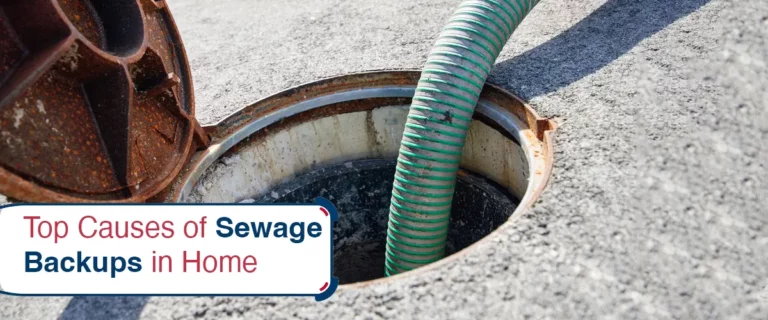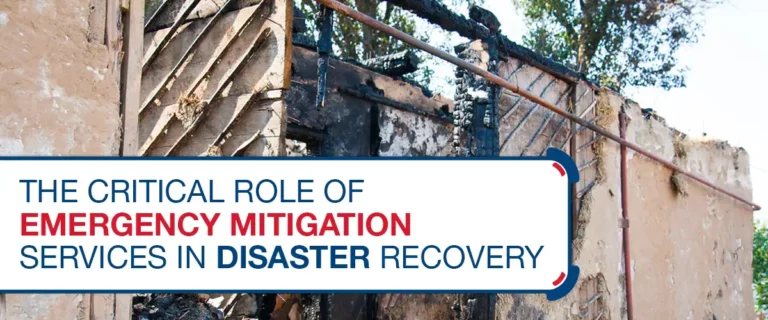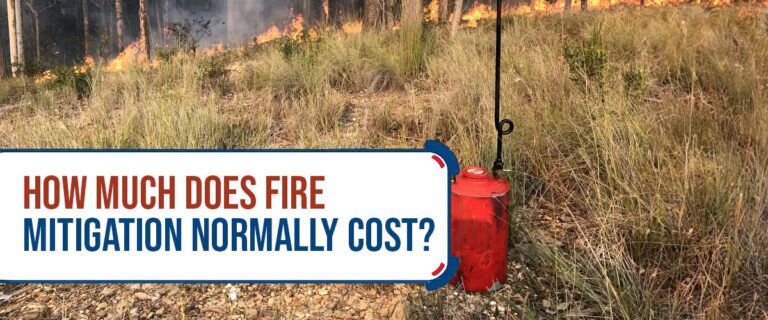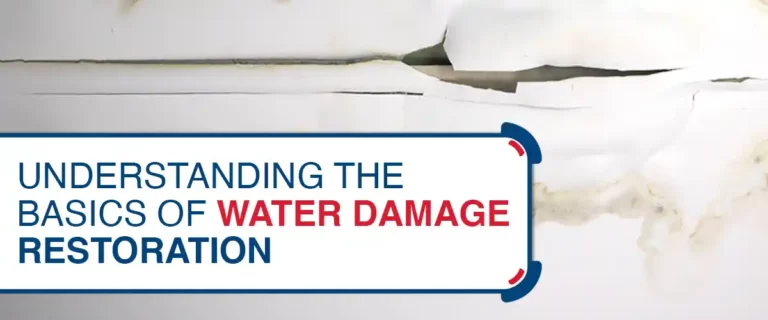Every year, over 400 natural disasters worldwide affect 230 million people and lead to nearly 75,000 deaths. From these numbers, how will you react when home emergencies disrupt your lives? Undeniably, they test our readiness at every turn.
The first rule of thumb? Stay calm. Aim to be prepared, not scared. So, how do you stay one step ahead in a crisis? This guide aims to give you the knowledge and strategies needed to tackle these situations head-on. Let’s dive in.

Are You Prepared for a Home Emergency?
A home emergency can range from natural disasters to domestic hazards. While varying in frequency, these events share a potential for significant harm, underscoring the importance of readiness. A concise, well-practiced plan prepares you for these unexpected events. It minimizes damage but also ensures the safety and well-being of all occupants.

1. Assess the Situation Quickly and Calmly
In any emergency, staying calm is paramount. Evaluate the immediate danger and adhere to official guidance to decide whether to evacuate or remain in place. Use the guide below to evaluate the type and severity of the crisis effectively.
Quick Guide to Assess Severity and Type of Emergency
- Observe Immediate Dangers: Look for visible threats like fire, water, or structural damage.
- Listen for Alerts: Pay attention to alarms, sirens, or official announcements.
- Smell for Gas or Smoke: Detect any unusual odors that indicate a gas leak or fire.
- Evaluate Injuries: Check for any injuries to yourself or others.
- Assess Environmental Changes: Notice any sudden changes in weather or surroundings.
- Determine Accessibility: Check if exit routes are clear or obstructed.
- Gauge Impact: Estimate the extent of damage or disruption caused.
- Seek Information: Use a battery-powered radio or phone for official news or instructions.

2. Ensure Personal Safety and That of Loved Ones
Securing your own safety is like the ‘oxygen mask’ rule on airplanes. Addressing your safety first is not selfish but practical. It ensures you are in a position of strength and stability, enabling you to help others. After this, follow the steps below:
- Children’s Safety: Quickly move children to a secure location.
- Elderly Care: Assist elderly family members, considering their mobility and medical needs.
- Pet Protection: Ensure pets are safe and contained.
- Emergency Kit Accessibility: Keep kits and essentials within easy reach.

3. Effective Communication During an Emergency
Effective communication is valuable during an emergency. It’s essential to maintain clear contact with both family members and emergency services. Ensure you have a pre-planned emergency contact list for swift communication. Clear and concise communication enhances faster response times and improved coordination. Embrace this communication strategy for a more controlled and effective emergency response.
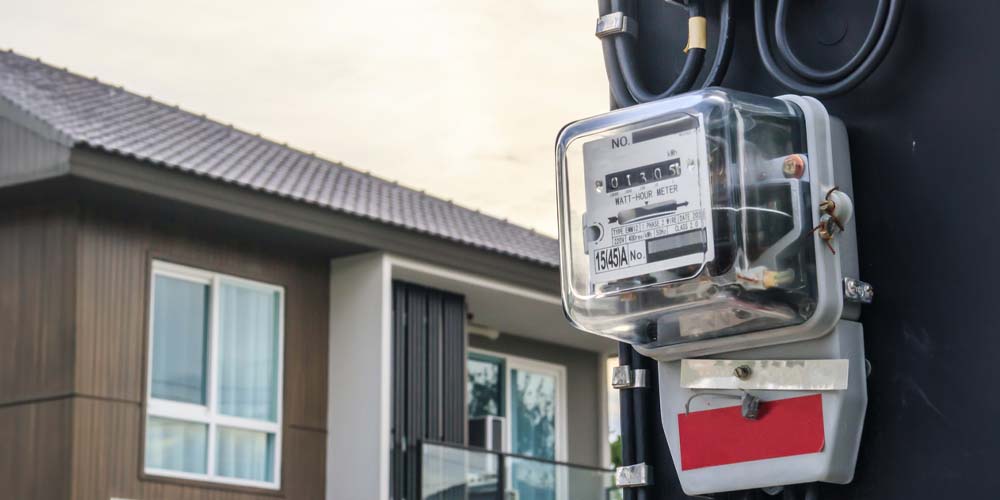
4. Securing Your Home Swiftly
In an emergency, quick and effective action can greatly reduce damage to your home. Knowing what to do and when can make a significant difference. Here’s a breakdown of key steps to minimize damage:
- To prevent leaks and electrical hazards, shut off gas, water, and electricity if safe to do so.
- Stabilize furniture, electronics, and outdoor objects to minimize movement and potential harm.
- Elevate valuables in floods and away from shutter windows in storms.
- Keep documents like passports, insurance papers, and legal documents in a safe, accessible place.
- Identify and prepare a secure area in your home, free from potential hazards, where family members can gather.
- If safe, quickly inspect your home for any immediate structural issues that need addressing.
- Close and lock all doors and windows to secure the home against potential intruders or environmental hazards.
- Ensure you have a working phone or radio to stay informed and communicate with emergency services.
Execute these steps promptly, but never compromise your personal safety. Assess the situation, and if it’s safe to do so, proceed with these measures.

5. Evacuate Efficiently, When Necessary
An effective evacuation requires timing and methodology. Timing determines the safety and efficiency of the evacuation. For instance, leaving too late can increase risks, while evacuating prematurely may cause unnecessary disruption. On the other hand, a methodology ensures the evacuation is organized and thorough, from having a well-prepared emergency kit to knowing specific evacuation routes.
Here are guidelines to ensure an orderly and safe evacuation:
- Immediate Danger Signs: Leave if there are obvious threats like fire, rising water, or structural damage.
- Official Orders: Evacuate promptly when authorities issue an evacuation order.
- Accessibility of Routes: Ensure evacuation routes are safe and accessible before leaving.
- Gather Essentials Quickly: Have an emergency kit ready with necessities like food, water, medications, and important documents.
- Family Plan: Ensure all family members know the plan, including where to meet if separated.
- Check Neighbors: If time and safety permits, check on neighbors who may need assistance.
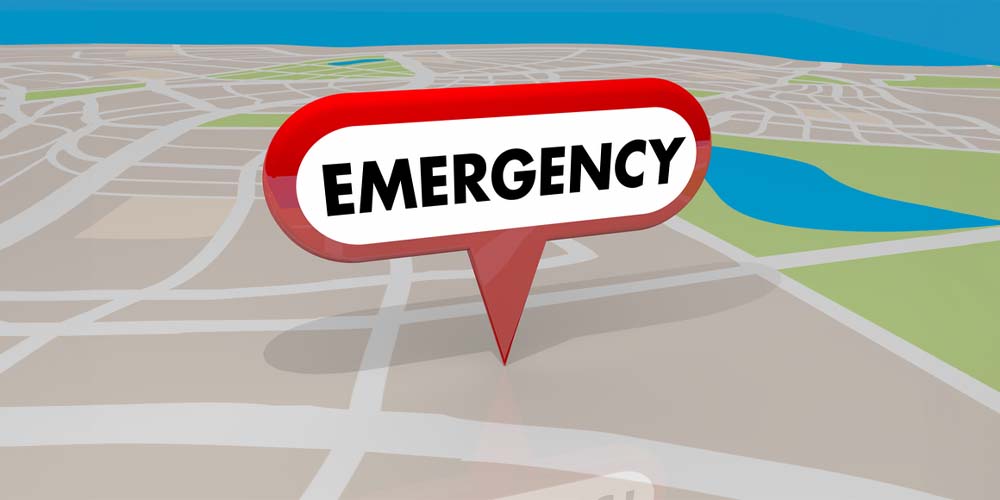
Additional Tips for Home Emergency Preparedness
For comprehensive home emergency preparedness, consider six additional tips below:
- Conduct Regular Drills: Practice evacuation and emergency procedures regularly.
- Stay Informed: Keep updated about local risks and emergency protocols.
- Review and Revise Plans: Periodically reassess and update your emergency plans.
- Emergency Kit Maintenance: Ensure your emergency kit is well-stocked, and items like batteries and medications are not expired.
- Family Communication Plan: Establish and regularly review a clear communication plan for your family during emergencies.
- Learn Basic First Aid: Equip yourself and your family members with basic first aid knowledge and skills.
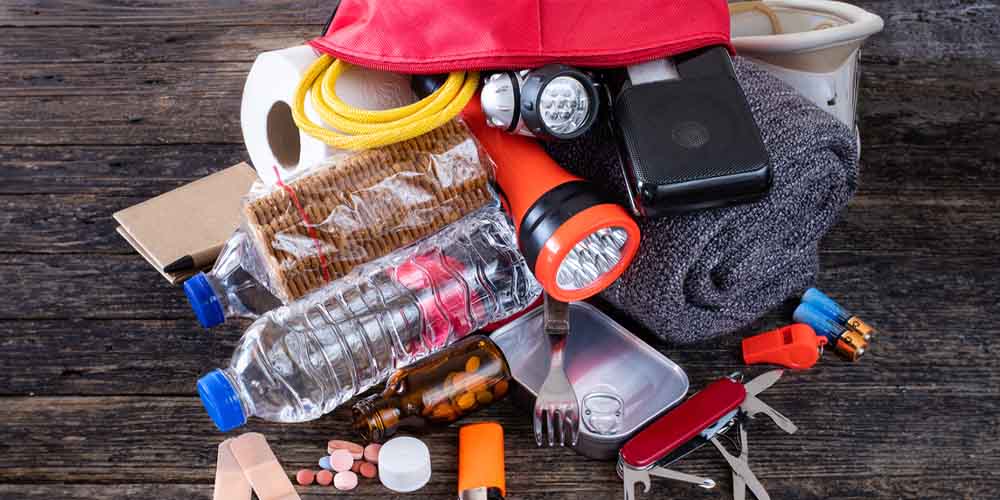
Preparedness: Your Power Against Emergencies
Furthermore, being well-prepared for home emergencies is not just prudent; it’s empowering. By taking proactive steps, you equip yourself and your family with the knowledge and tools to handle unexpected situations confidently.
Lastly, let this guide motivate you to take action – start by creating emergency plans, practicing drills, and ensuring you have access to resources such as 24/7 emergency services in Kansas. Remember, the power of preparedness brings peace of mind— transforming fear into a sense of control and readiness.
References:
International Finance Corporation. (n.d.). Disaster and Emergency Preparedness: Guidance for Schools. Retrieved from https://www.preventionweb.net/files/13989_ifcdisasteremergencyhandbook63010.pdf


